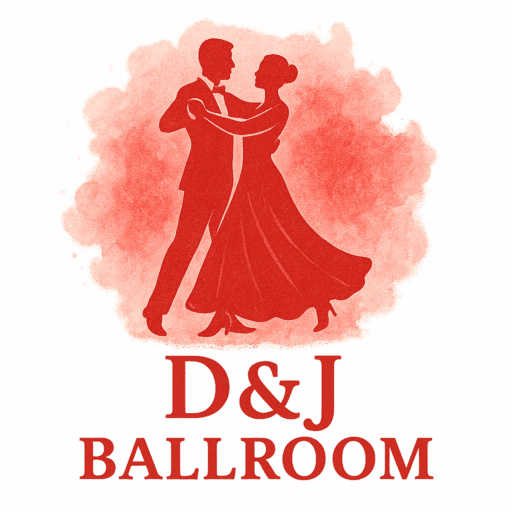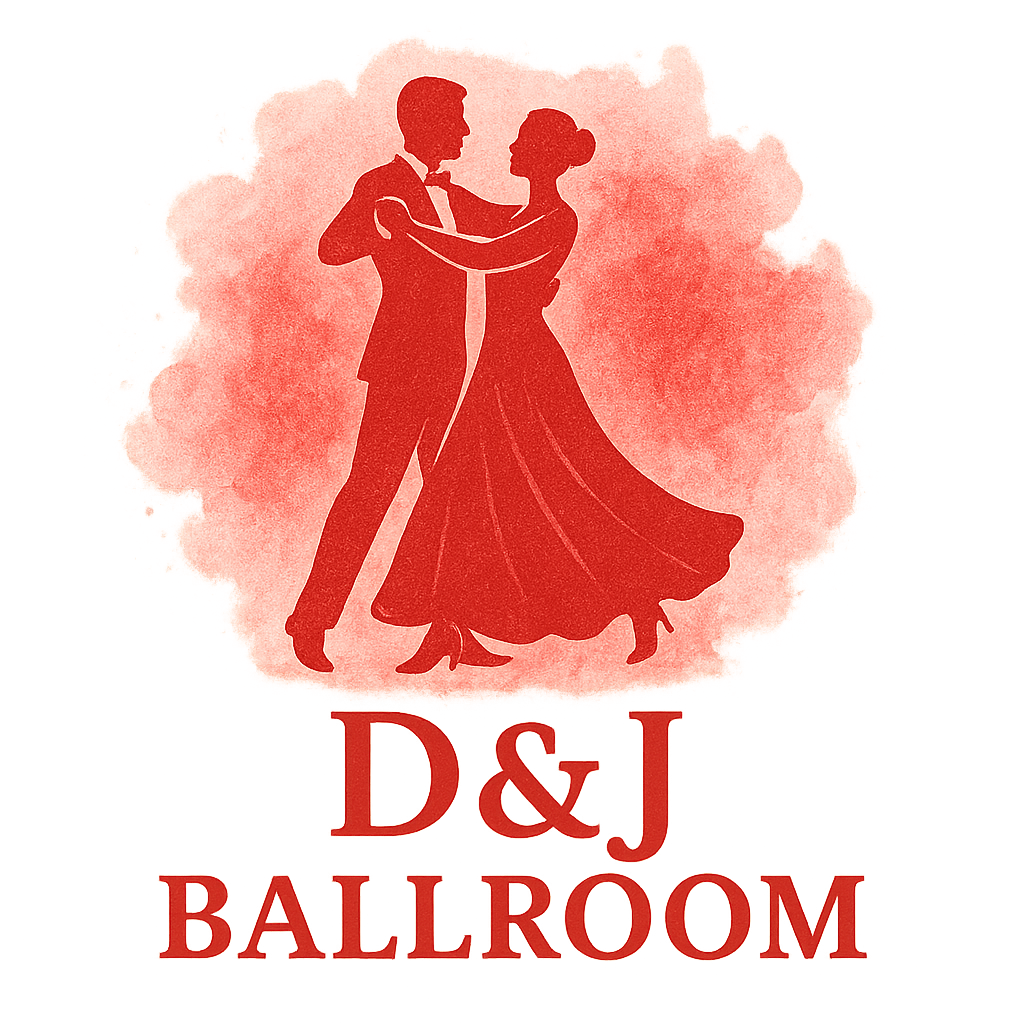Introduction to Ballroom Rhythm Awareness
Ever watched a ballroom performance where the dancers seemed to breathe with the music? Their steps weren’t just movements—they were stories told through rhythm. The secret isn’t just fancy choreography or glittering costumes; it’s rhythm awareness. Without it, ballroom dancing feels mechanical. With it, you get that magical flow audiences love.
That’s why ballroom technique drills are so powerful. They fine-tune your ability to hear, feel, and respond to music naturally. In this guide, we’ll explore nine drills designed to sharpen rhythm awareness while weaving in tips from ballroom history and culture, training techniques, and even competitions.
Why Rhythm Awareness is Essential in Ballroom Dancing
Rhythm is the pulse that drives every ballroom style—from the dramatic tango to the flowing waltz. Without rhythm awareness, dancers risk being slightly off-beat, which breaks the illusion of harmony.
The Role of Musicality in Partner Connection
Musicality is the language partners use to stay connected. Imagine two people speaking different rhythms—it’s confusing and disjointed. But when both dancers are tuned into the same beat, they move as one, much like dialogue in a perfectly timed play.
Common Challenges Dancers Face with Rhythm
Some dancers rush steps, others lag behind. Nervous energy can pull you off-beat, especially in competitions. And sometimes, tricky musical phrasing in styles like cha-cha or samba makes it hard to find the downbeat. That’s why ballroom technique drills exist—they train your body to internalize timing until it becomes second nature.

Understanding Ballroom Technique Drills
Before diving into the drills, it helps to know why they’re so effective in training.
What Makes a Drill Effective?
A solid drill should isolate one specific skill—timing, posture, weight transfer, or rhythm—and allow repetition without distractions.
The Link Between Drills and Muscle Memory
When repeated, drills build muscle memory. That means your body instinctively moves in time with music, even when you’re not consciously counting. This is why professionals dedicate hours to ballroom techniques and training.
Drill #1: Clapping to the Beat
Step-by-Step Guide
- Play a ballroom track—like a slow waltz or lively cha-cha.
- Clap in time with the main beat.
- Once comfortable, experiment by clapping on off-beats or syncopations.
Benefits of This Drill
This simple exercise trains your ear to identify beats clearly, which is the foundation of rhythm awareness. It’s one of the most universal ballroom technique drills, perfect for beginners and advanced dancers alike.
Drill #2: Walking to Music
Adding Tempo Variations
Walking is underrated in ballroom. Try walking naturally while matching your steps to the music. Then, vary your pace to align with slow, medium, and fast tempos.
Rhythm Awareness in Simple Movements
If you can walk to the rhythm, you can dance to it. This drill translates basic everyday movement into ballroom readiness, much like learning the foundations of dance styles.
Drill #3: Slow-Motion Dancing
Developing Control and Balance
Choose a simple ballroom step—like a rumba box or waltz basic. Perform it in extreme slow motion while staying on beat.
Musical Interpretation with Slow Movement
This drill forces you to feel the “space” between beats, improving control, balance, and interpretation. It’s especially useful in expressive dances rooted in ballroom culture.
Drill #4: Counting Out Loud
Internalizing Timing Through Voice
Say counts like “1-2-3” or “quick-quick-slow” while moving. This strengthens the mind-body connection to rhythm.
Why Counting Works Better Than Silent Practice
Your voice keeps you accountable. Silent practice can drift off-beat, but spoken counts anchor your steps to timing.
Drill #5: Partner Echo Drill
Leader-Follower Rhythm Matching
The leader creates a short rhythm pattern—like quick-quick-slow—and the follower echoes it.
Improving Synchronization and Connection
This drill deepens listening and responsiveness, making your dancing more harmonious. It mirrors the teamwork required in ballroom events and competitions.
Drill #6: Weight Transfer Drill
Feeling the Beat Through Shifts
Shift weight from foot to foot in sync with the beat. Keep movements subtle and precise.
Training Core Stability with Rhythm
Weight transfers are the foundation of all ballroom steps. Practicing them rhythmically sharpens posture and fluidity, both essential in ballroom training.
Drill #7: Rhythm Isolation Drill
Focusing on Upper vs. Lower Body Movement
Dance using only your legs while keeping the upper body still. Then switch.
Layering Rhythm Awareness
This trains body control and teaches you to recognize multiple rhythms at once—crucial in styles like samba, rumba, and paso doble.
Drill #8: Tempo Switch Drill
Adapting to Different Musical Speeds
Start slow, then speed up as the music changes. Switch back and forth.
Building Flexibility in Timing
Competitions often use varied tempos. This drill ensures you adapt without losing precision.
Drill #9: Silent Dance Drill
Dancing Without Music
Perform full routines without music, relying only on internal counts.
Strengthening Internal Rhythm Awareness
By carrying rhythm within yourself, you’re no longer dependent on external cues. This drill builds confidence for both social dances and professional showcases.
Tips to Maximize Ballroom Technique Drills
Consistency Over Intensity
Short, daily sessions are more effective than occasional marathon practices.
Recording Your Practice Sessions
Videos reveal subtle timing errors you may not notice while dancing.
Practicing with Different Music Genres
Try waltz, jazz, and even pop. Exploring beyond ballroom styles expands your adaptability.
How Rhythm Awareness Improves Ballroom Performance
From Social Dance Floors to Competitions
In social dancing, rhythm helps you stay comfortable with any partner. In competitions, it’s the difference between blending in and standing out.
Elevating Performance Quality
Judges and audiences instantly spot when dancers fall off-beat. Rhythm mastery adds polish to ballroom fashion and presentation, complementing your technical skill.
Ballroom Rhythm and Confidence
How Rhythm Boosts Self-Assurance
When you trust your timing, you dance boldly. Confidence radiates, making your presence stronger.
Partner Chemistry Through Musical Precision
Shared rhythm is like breathing together. It builds trust, harmony, and effortless chemistry—just as seen in timeless ballroom history.
Common Mistakes to Avoid During Rhythm Drills
Overthinking the Beat
Dancers often get stuck analyzing instead of feeling. Let rhythm flow naturally.
Ignoring Relaxation and Flow
Don’t be robotic. Remember: ballroom is art. Precision matters, but so does fluidity.
Conclusion
Rhythm is the invisible thread weaving every ballroom style together. These nine ballroom technique drills—from clapping basics to silent dancing—will sharpen your timing, improve partner connection, and elevate your performance. Whether you’re exploring ballroom culture, training for competitions, or just enjoying a night out dancing, rhythm awareness transforms your experience.
Practice daily, stay consistent, and let rhythm carry you—because when the music and movement align, you don’t just dance… you inspire.
FAQs
Q1: What are ballroom technique drills?
They’re structured exercises, like clapping or weight transfers, designed to improve rhythm, posture, and timing.
Q2: How long should I practice rhythm drills daily?
Just 10–15 minutes a day can sharpen rhythm awareness if practiced consistently.
Q3: Can beginners improve quickly with these drills?
Yes! Many beginners see rapid progress because drills break rhythm skills into simple, repeatable steps.
Q4: Do rhythm drills help with all ballroom dance styles?
Definitely. From the elegant waltz to the passionate tango, rhythm is universal.
Q5: Is counting beats still necessary once I improve?
Yes, though it becomes internalized. Eventually, you’ll “hear” counts naturally in your head.
Q6: How can I practice rhythm drills without a partner?
Most drills—clapping, walking, or silent dancing—can be done solo. They prepare you for smoother partner work later.
Q7: What’s the best music tempo for ballroom technique drills?
Start with slower tempos to master control, then gradually challenge yourself with faster tracks.


